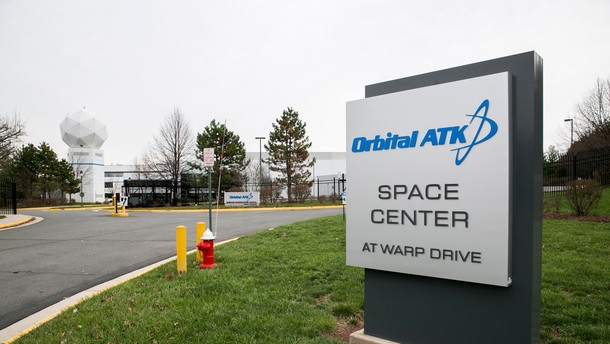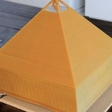
In a press release on January 18th, Orbital ATK announced that it has successfully tested a 3D-printed hypersonic engine combustor at NASA Langley Research Center.
The combustor was produced through an additive manufacturing process known as powder bed fusion (PBF) and subjected to a variety of high-temperature hypersonic flight conditions over the course of 20 days, which also included one of the longest duration propulsion wind tunnel tests ever recorded for a unit of this kind. PBF methods include a laser or electron beam to melt and fuse material powder together. Using a roller or a blade, PBF processes involve the spreading of the powder material over previous layers.
One of the most challenging parts of the propulsion system, a scramjet combustor, houses and maintains stable combustion within an extremely volatile environment. The testing was also conducted to make sure the PBF-produced part would be strong enough to meet mission objectives.
"Additive manufacturing opens up new possibilities for our designers and engineers," said Pat Nolan, Vice President and General Manager of Orbital ATK's Missile Products division of the Defense Systems Group. "This combustor is a great example of a component that was impossible to build just a few years ago. This successful test will encourage our engineers to continue to explore new designs and use these innovative tools to lower costs and decrease manufacturing time."
Virginia-based Orbital ATK, a global leader in aerospace and defense technologies that designs, builds and delivers space, defense and aviation systems for customers around the world.



